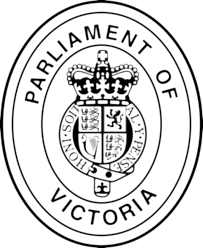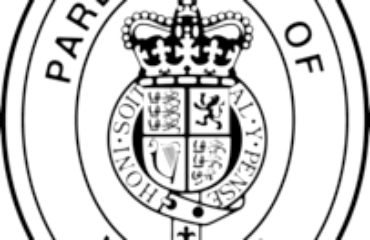
Ms PATTEN (Northern Metropolitan) (16:00:32): I will just rise to make a few comments on the Building Amendment (Cladding Rectification) Bill 2019. I must say I have had some reservations about this bill, and certainly this has been an issue that I am sure most of us have received a lot of correspondence on.
Fundamentally the bill acts on key recommendations of the task force’s review to rectify buildings with high-risk cladding and to establish a dedicated cladding agency. There will also be a grants program to provide funding to work on the literally hundreds of buildings that have been found to have high-risk cladding to make sure that they are safe. There will be a new agency called Cladding Safety Victoria that will manage this. This will operate within the Victorian Building Authority (VBA).
I think that is where I kind of come to a bit of a stop and think, ‘How did it come to this? How did this happen?’. At a surveyors conference in 2019 the VBA actually categorised over 1200 private Victorian buildings as at moderate or high risk for combustible cladding—1200 buildings. That is extraordinary.
Not only that but a 2012 audit reported that probably close to 74 per cent of Victorian buildings have got defects of some sort or another. From speaking to Phil Dwyer from the Builders Collective of Australia, they estimate that that number is actually higher. They actually estimate that that is considerably higher. So how did this happen? It would appear that both sides of this house have been negligent here.
This probably started in 1994 when Premier Kennett decided to privatise the approval process the surveyors went through to ensure that our buildings were safe. In 2002—and I would have loved to have understood the reason for this—it would appear the Premier at the time, Premier Bracks, decided that any building that was above three storeys no longer needed to have protective warranty insurance policies. This kind of gave these guys, I feel, carte blanche. We have seen this escalate.
It was interesting to hear Dr Cumming talk about the tracking that is available on steel materials that is not available on other materials and how that may be another solution to this. But I am deeply concerned that currently we are sort of still not addressing the problem of most buildings being built today being passed by the surveyors even though they have defects.
I have certainly been approached by a number of constituents whose houses are unliveable and yet a surveyor has ticked them off saying that they are okay. I suspect this is why we have come to this circumstance with cladding. Northern Metropolitan, my region, incorporates the CBD, so obviously my region is the most affected by these cladding issues.
While we estimated it at literally hundreds, if I go by the VBA statement at the 2019 surveyors conference, when I say hundreds I might mean nearly 1000 of these buildings are of concern. This bill says going forward all developers must pay an increased levy to help with the rectification.
I certainly think that this must be rectified and we do have to find a solution. I appreciate the Property’s Council of Australia’s concern about this, and it is sort of the sons paying for the sins of the fathers—good operators, good developers, are now going to be paying for the bad operators that preceded them. But how do we get to those bad operators?
I am encouraged by the legislation saying that we will be taking action and that the state will be allowed to act on behalf of some of the owners and some of the bodies corporate in court proceedings.
I am encouraged by some of the cases that are being undertaken now. The government are not taking on the cases, but they are party to the cases. But will this happen? I know Dr Cumming mentioned Moonee Ponds. I certainly spoke to some body corporate operators who said the phoenix companies that build those buildings had disappeared almost before the paint has dried. It is very difficult to consider that. But having said that, nobody wants to see a repeat of the tragedy in Grenfell.
I think that does need to take priority here. I agree with the property council that we need to consider when those good developers do the right thing, when they go back and audit their properties and put in consideration for how to amend that—whether that is through other measures—and that Cladding Safety Victoria should take that into account when it is considering the repairs on those buildings.
I do want to consider what happens next because I do not think what the VBA is doing now is adequate. With Cladding Safety Victoria and what we are doing here to fix the possibly up to 1200 buildings in Victoria—and that is just the private buildings; we have not even started talking about public buildings—we have to act on this. We have to act on it now.
This is people’s safety at risk here. I am pleased this will be reviewed in four years, but I am concerned, and I am interested in where the government is going to go to ensure that we do not see the level of defects that we are currently seeing in buildings. I would like to see the government talking about what is going to happen next so that this never happens again.
I will listen to the committee of the whole discussion and I will listen to the amendments being put forward, but I commend the bill to the house.

